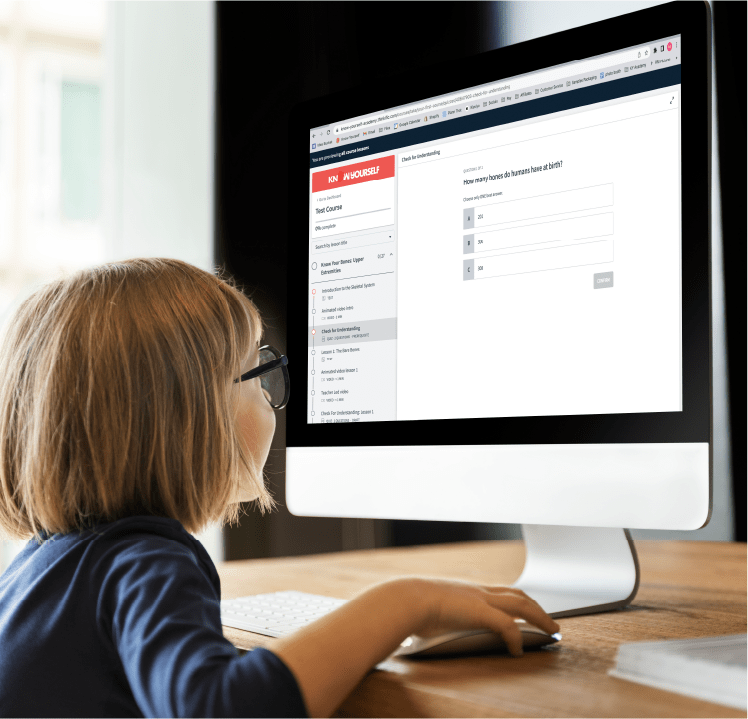
Let’s play a game. I’m going to hand you a set of cards: a red 1, a red 2, a blue 1, a blue 2, a blue 3, a green 2, and a yellow 2. The object of the game is to get rid of the most cards at one time, but they all have to match either the color or the number I have (like Uno). If I have a blue 2, what cards will you hand me (remember it can be blue cards OR “2” cards but not all of your blue and “2” cards together)? What if I say instead that it’s a red 4? A yellow 1?
Games like this require you to use executive function, a set of skills that allows us to plan, set goals, process new information, make decisions, and stay focused. It’s like the management system of your brain. Most of these skills operate in a large area of the brain called the prefrontal cortex (say it like this: “pre-FRUN-tul CORE-tex”), which sits just behind your forehead. It’s constantly communicating with other parts of your brain to help make or implement decisions or control impulses.
Executive function is not only what allows us to play games, it’s also what we use to decide what to wear, how we plan the amount of time we need to get ready for school or work, what allows us to stay focused in class...and pretty much everything else that requires attention in our day! There are three major parts of executive function: Working memory, cognitive flexibility, and inhibitory control.
Working memory is related to short-term memory. Something you’re trying to remember until you can write it down or store it in your long-term memory—perhaps someone’s name or the date of the science fair—is held in your short-term memory. Your working memory includes the ability to manipulate stored information with new information. In our game, you might have to use your working memory to compare whether using card color or number will allow you to get rid of more cards.
Cognitive flexibility, or task-switching, is the ability to switch our attention between different ideas or think about multiple ideas at the same time. This is important for allowing us to adapt quickly as things change or we get new information. For instance, if you start to leave the house with sandals on but then notice it’s raining, you might switch to boots. In our game, cognitive flexibility allowed you to change which cards you selected based on what my card was.
Inhibitory control (or response inhibition) limits distractions to allow us to focus on tasks. This includes selective attention—that is, knowing what’s important to pay attention to (your teacher giving a lesson) and what you can ignore (other students moving around in the hallway). It also keeps us from acting impulsively, for instance, not blurting things out when it’s not our turn or resisting eating dessert before dinner.
Our executive functions are the last part of the brain to develop—they aren’t fully formed until we’re 25! That’s why kids often have a harder time staying focused, remembering a complex set of instructions as well, or adapting in changing situations. Some kids, like those with attention-deficit/hyperactivity disorder (ADHD), may need more help working with executive functions than others. Because of differences in inhibitory control and cognitive flexibility, people with ADHD may have trouble with getting started and completing tasks. Their working memory may not be able to hold as much information as others, so when new information is added, some of the things they were trying to remember get “kicked out.”
It’s important to remember that you don’t have to have ADHD to practice your executive function skills. Struggling at times—for instance, with staying focused in class—is completely normal (see this week’s Ask Dr. B. for some pointers!). You can thank your brain for keeping your attention on reading all the way to the end of this piece...what will you decide to do next?
If you want more information on the science of the brain, submit your question on the Ask Dr. B page!









Leave a comment (all fields required)